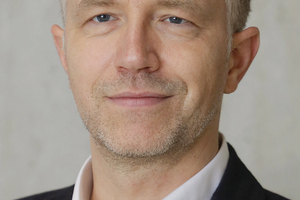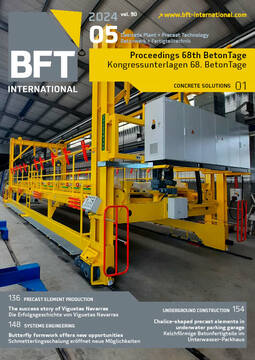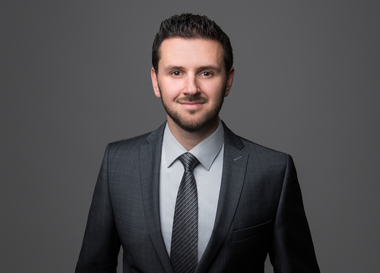Panel 5: Practice-oriented research for concrete
45 Low-carbon, resource-efficient concrete for precast elements – Workability and early strength
CO2- und ressourceneffiziente Betone für Betonfertigteile und Betonwaren – Verarbeitbarkeit und Frühfestigkeit
Dr.-Ing. Tobias Schack, Bastian Strybny, M.Sc., Univ.-Prof. Dr.-Ing. Michael Haist
46 Performance and durability of clinker-reduced concretes using specially designed additives
Performance und Dauerhaftigkeit zementklinkerreduzierter Betone unter Verwendung spezieller Additive
Prof. Dr.-Ing. Dirk Lowke, Alexander Gunkler, M. Sc.
47 Strain-hardening cement-based composites (SHCC) in digital precast production
Hochduktiler Kurzfaserbeton in der digitalen Fertigteilherstellung
Univ.-Prof. Dr.-Ing. Viktor Mechtcherine, Egor Ivaniuk, M.Sc.
48 Biomass-based lightweight structural concrete – A route towards carbon-neutral concrete construction?
Biomassebasierte Konstruktionsleichtbetone – ein Weg zur CO2-neutralen Betonbauweise?
Univ.-Prof. Dr.-Ing. Harald Garrecht, Amra MeškoviĆ, M.Sc., Dr.-Ing. Josipa Bošnjak, Diplom-Mineraloge Karsten Schrang
50 Thermally and mechanically activated crushed concrete fines used as recycled binders in concrete
Thermisch-mechanisch aktivierte Betonbrechsande als rezyklierte Bindemittel im Beton
Jan P. Höffgen, M.Sc., Univ.-Prof. Dr.-Ing. Frank Dehn
51 Activated clay – Grinding makes all the difference
Aktivierter Ton – Die Mahlung macht den Unterschied
Dr.-Ing. Nancy Beuntner, Dr.-Ing. Caroline Woywadt, Univ.-Prof. Dr.-Ing. Karl-Christian Thienel




